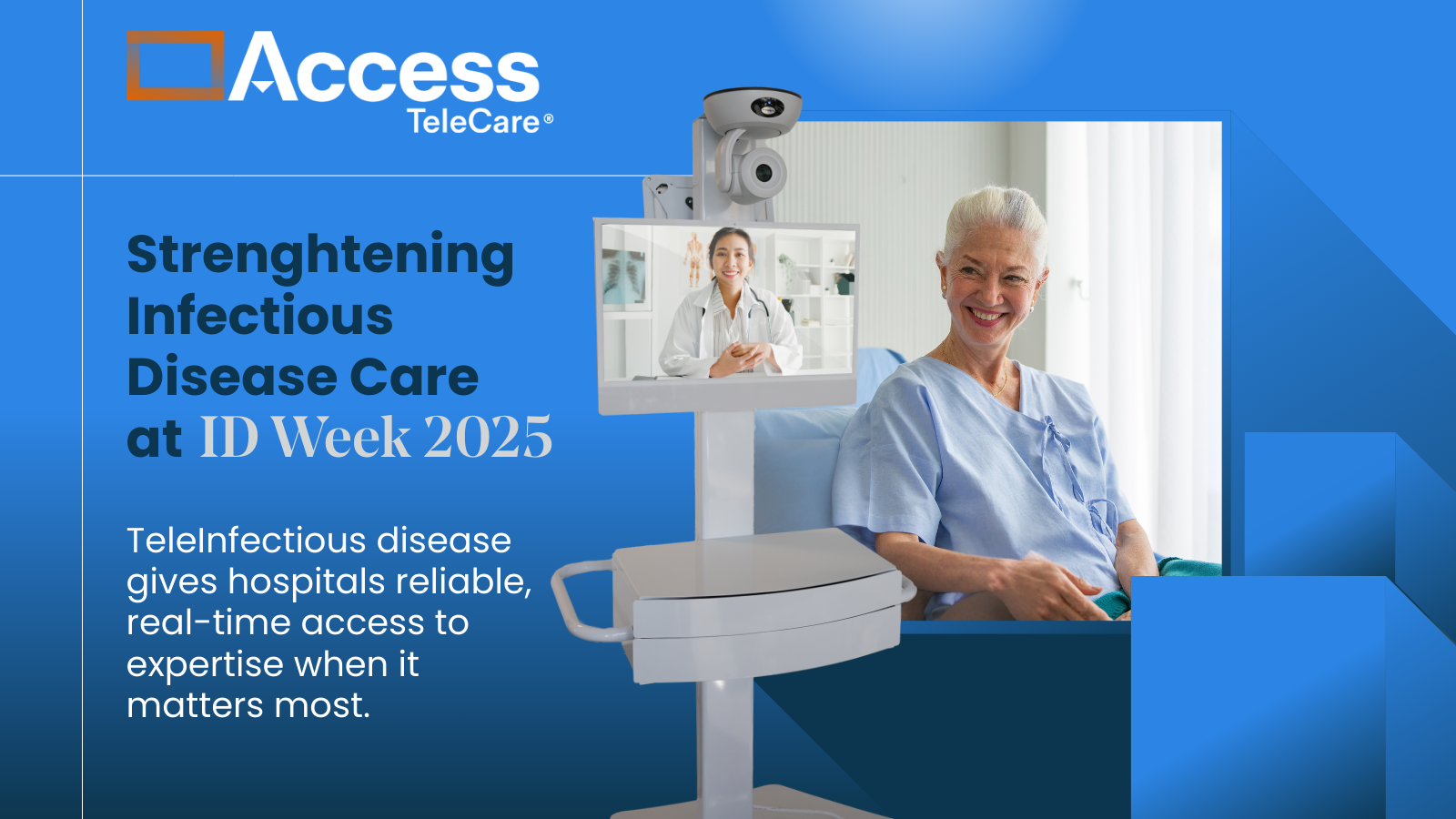By Dr. Jason Hallock
There’s an old saying: there are only two jobs in healthcare, those who take care of patients, and those who take care of those who take care of patients.
Of course, those of us who do the work know there are degrees of truth there. Not everyone in healthcare fits easily into one of those two boxes. Yet as 2020 fully transitions to 2021, one thing that’s clearer to me than ever is that if you focus on patient care you’re heading in the right direction. That’s true for individual clinicians as much as it is true if you’re a large health system, or an acute telemedicine company like ours.
With that in mind, here are my four predictions for what 2021 will bring:
1. ROI Replaces Reimbursement
A lot of attention in 2020 was given to the new opportunities to get reimbursed for telemedicine. In March, CMS issued waivers which allowed more providers to bill for telemedicine in more circumstances than ever before. Barriers which had stood for years or even decades fell in a matter of weeks. The question for telemedicine lingering over 2020 was whether those new opportunities for reimbursement would remain permanent.
But whether or not CMS decides to make all the 2020 changes permanent, reimbursement alone can’t always make up for the cost of telemedicine services. That’s why my prediction for 2021 is that health systems will transition from being focused on reimbursement to instead wrapping their heads around the true ROI of acute telemedicine. Telemedicine can help deliver better patient care, which always benefits the bottom line. And more directly, acute telemedicine programs allow hospitals to keep patients they would otherwise transfer. Those who understand the full ROI will be ahead of their peers.
2. Telemedicine Goes Multimodal
First generation telemedicine was inordinately focused on carts: a big, gangly piece of equipment that needed to be installed, set up, maintained, and rolled around. The second generation has been inordinately focused on apps: designing a one-stop-shop for all of telemedicine’s use cases. The third generation will go truly multimodal, mixing old-school phones and texting with flexible online portals which can be accessed by and adapted to a range of devices.
As telemedicine adoption has collided with real-world population health challenges, health systems have started to realize that whichever telemedicine solution they choose needs to be able to reach patients where they are. First, the patient journey is more complex than a single app can accommodate. A patient may have a primary care physician, who may or may not be attached to a hospital or health system. The two may or may not be sharing patient information. Meanwhile, the patient may utilize urgent care, or other healthcare services not in the system. Part of the promise of telemedicine is to be able to follow that patient journey.
Second, as telemedicine expands to more areas of the country, it’s clear there are simply barriers to apps, whether it’s low technology literacy, not enough broadband access, or simply lack of a smartphone. In order to properly reach all patients, telemedicine platforms have to be designed to reach people remotely through any medium, anywhere.
3. The universe of providers expands
In the early months of 2020, the story of telemedicine was physician adoption. Physicians who had never considered seeing patients remotely suddenly found that if they wanted to continue to see patients, remote was their only option. The story of 2021 will be an increase in the diversity of providers who will be deployed via telemedicine.
If 2020 saw physicians and to some extent nurses routinely being deployed via telemedicine, in 2021 we’ll start to see more kinds of specialists, and more non-physician, non-nursing roles deployed, from social workers to PhD counselors. Health systems were already thinking about the challenges of population health prior to the COVID-19 pandemic—now, as telemedicine has matured beyond what most thought possible, healthcare providers will begin to use it to bring more and different kinds of providers into the remote patient care journey.
4. Telemedicine loses the “tele”
Finally, 2021 will be the year telemedicine loses the “tele”. Remember back when banks started rolling out apps so customers could access services remotely? For a while we heard a lot about “internet banking,” but now we just call that banking. People deposit checks via their phones, check their balances, make transfers, and access new services, and it’s no big deal.
The same is going to happen for telemedicine. Patients will start to integrate the technology into their healthcare just as they would a banking app or an airline app. But here’s the caveat: the industry itself will still think of itself as the telemedicine industry. Part of this is all the investment which has poured into the space: investors want to invest in telemedicine, not just medicine.
Still, the truth of it is that we healthcare providers who see patients via a screen or over the phone have known for a long time that what we’re doing is simply providing healthcare. In 2021, at least the patients will start to think of it that way as well.
***
R. Jason Hallock, MD, MMM, is Chief Medical Officer at Access TeleCare. Dr. Hallock leads management of clinical and administrative strategy, ensuring that top-rated medical standards are met across all clinical specialties. Dr. Hallock is a strategic clinical and operational leader with more than 20 years of experience within some of the nation’s most highly developed clinically integrated networks. With complementary business and medical degrees, Dr. Hallock is adept at driving alignment of clinical and administrative objectives to produce optimal results in quality, safety, and efficiency. Dr. Hallock has a Master of Medical Management (M.M.M.) from the University of Southern California and an M.D. from the University of Connecticut.









